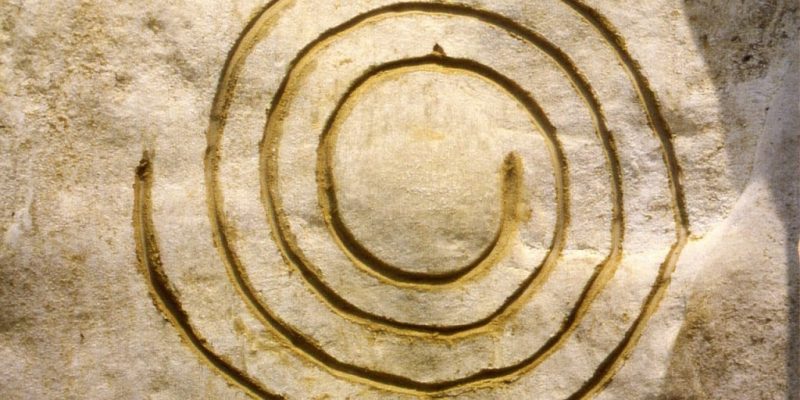
Anima is a Latin word, which can mean “wind,” “air,” “breath,” “vital principle,” “life,” or “soul.” It’s a word sometimes used synonymously with animus, which rather means “mind,” “desire,” “spirit,” “temper,” or “will,” but can also mean “life” or “soul.” The word anima has its roots in the ancient Greek anemos, which could mean “wind,” “breeze”, “gale,” or “breathe.”

In ancient Rome, the anima typically referred to the soul, spirit, or the animating principle of a living thing, but it could not be considered separately from animus. In fact, anima and animus together were a dualistic concept, describing a whole i.e. a unity that seemingly consisted of two parts.
For instance, the Roman philosopher and poet Lucretius (99 – 55 BCE) believed that the soul is made of extraordinarily fine atoms, having two related i.e. connected parts: the anima, which is distributed throughout the body and is the cause of sensation, and the animus located in the breast, which creates consciousness.
In fact, Lucretius’ philosophy was a form of atomism: the atoms (the fundamental and indivisible components of life) and the void (space and emptiness to contain atoms) are eternal, and in constant motion and change. Through “atomic collisions” the objects i.e. entities in the universe are being created, until the phenomena again fall apart into atoms.
Thus, the soul, according to Lucretius, is born (i.e. created), and during our lives it grows with the body, and at death it vanishes like air or smoke. Yet, the anima and animus don’t really disappear, but they rather fall apart into their fundamental components (atoms) and remerge with the universe.















